Rhinitis and the Common Cold: How to Cope with Them
Sneezing, sniffing, an endless supply of tissues – these are familiar companions for everyone, especially in the colder months. The common cold and rhinitis are the most frequent reasons for doctor visits and absences from work or school. Although we often perceive them as trivial ailments, they can significantly impair our quality of life and sometimes lead to more serious complications.
Understanding the difference between a viral cold and allergic rhinitis, knowing effective relief methods, and recognizing when it's time to seek professional help are key to a quick recovery. In this guide from Adapt.BG, we will cover everything you need to know to successfully manage these annoying conditions.
What is Rhinitis and Why Does Our Nose "Run"?
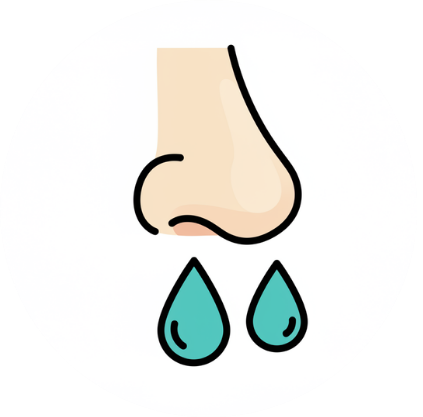 At the core of every runny nose is a condition called rhinitis – an inflammation of the nasal mucosa. This delicate tissue lining the inside of the nose has an important protective role: it warms, moistens, and filters the air we breathe by trapping dust, pollen, and germs in the thin layer of mucus it produces.
At the core of every runny nose is a condition called rhinitis – an inflammation of the nasal mucosa. This delicate tissue lining the inside of the nose has an important protective role: it warms, moistens, and filters the air we breathe by trapping dust, pollen, and germs in the thin layer of mucus it produces.
When the mucosa becomes inflamed – whether by a virus or an allergen – two things happen:
- The blood vessels expand and swell, leading to a feeling of a stuffy nose (congestion).
- The glands begin to produce much more mucus in an attempt to "wash away" the irritant. This results in the classic runny nose.
The main difference lies in the agent that triggers this inflammatory process.
Viral vs. Allergic Rhinitis: How to Tell Them Apart?
Although the symptoms often overlap, it's important to know what is causing our rhinitis to choose the right treatment.
- Common Cold (Acute Viral Rhinitis): This is the most common culprit. It is caused by over 200 different viruses, with rhinoviruses being the most prevalent. The infection is self-limiting and usually resolves in 7-10 days. Characteristically, the mucus can change in color and consistency – from clear and watery at the beginning to thicker, yellow, or greenish after a few days. Important: A change in color does not necessarily mean a bacterial infection!
- Allergic Rhinitis (Hay Fever): Here, the inflammation is the result of an overreaction of the immune system to harmless substances from the environment (allergens) such as pollen, house dust, animal dander, or molds. Symptoms appear suddenly after contact with the allergen and persist until the exposure stops. The discharge is almost always clear and watery, and the runny nose is often accompanied by intense itching in the nose, eyes, and throat – a symptom rarely seen with a cold.
💡 A Guide to Symptoms
Pay attention to the combination of symptoms to understand your condition.
Symptoms Characteristic of a Common Cold:
- Runny Nose: Clear at first, may thicken and change color later.
- Stuffy Nose: Often alternating between nostrils.
- Sneezing: Usually at the beginning of the infection.
- Sore Throat: Often one of the first symptoms, usually mild to moderate.
- Cough: Dry or productive, may appear after the first few days.
- General Malaise: Mild fatigue, weakness, sometimes a slight fever.
Symptoms Suggesting Allergic Rhinitis:
- Watery, clear runny nose: Often very profuse, like "water from a faucet."
- Fits of sneezing: Multiple, consecutive sneezes.
- Intense Itching: In the nose, eyes, ears, and throat.
- Red and watery eyes: A very characteristic sign.
- Absence of fever and general malaise (other than fatigue from the symptoms themselves).
Cold or Flu? The Key Difference
During the autumn and winter season, we often confuse the common cold with the flu, but they are two different illnesses. A cold is usually milder and rarely leads to serious complications. The flu, caused by influenza viruses, comes on suddenly with a high fever and severe muscle aches, and carries a higher risk of complications like pneumonia. Recognizing them is important for an adequate response.
| Symptom | Common Cold | Flu |
|---|---|---|
| Onset | Gradual, over a few days | Sudden and abrupt (within hours) |
| Fever | Rare, usually low-grade | Common, high (38.5°C / 101.3°F and above) |
| General Aches | Mild, almost absent | Severe and characteristic muscle aches |
| Fatigue and Weakness | Mild to moderate | Severe, debilitating, can last for weeks |
| Headache | Rare, usually mild | Common and severe |
| Runny and Stuffy Nose | Very common and a primary symptom | Sometimes, not always a primary symptom |
| Cough | Mild to moderate | Common, dry and can be severe |
✅ Effective Treatment for Rhinitis and Colds
Since most colds are viral, antibiotics are completely useless. Treatment is symptomatic and aims to relieve discomfort while the immune system fights off the virus.
Step 1: Home Treatment and Care (The Gold Standard)
- Rest and Hydration: Give your body a chance to fight back. Drinking fluids (water, tea, soups) maintains hydration and helps thin out secretions.
- Saline Rinses: Your best friend for a runny nose. Nasal sprays with sea water or homemade saline solution clean the nose, wash away viruses and irritants, and moisturize the mucosa.
- Humidifying the Air: Using a humidifier, especially at night, prevents the mucous membranes from drying out and relieves coughs and stuffy noses.
- Steam Inhalations: Inhaling steam over a bowl of hot water helps to unclog the nose and sinuses.
Step 2: Over-the-Counter Medications (When symptoms are persistent)
- Pain Relievers: Paracetamol or ibuprofen can help with headaches, sore throats, or muscle aches.
- Decongestants (Nasal Drops): Effective for quickly clearing a stuffy nose. WARNING: Do not use for more than 5-7 days to avoid dependence (rhinitis medicamentosa).
- Antihistamines: Primarily effective for allergic rhinitis. For colds, they can help reduce sneezing and secretions, especially before sleep.
- Combination Medications: Cold and flu products often contain a combination of the above ingredients. Read the leaflet carefully.

Frequently Asked Questions About the Common Cold
1. How long does a cold last?
A typical cold goes through several stages. Its average duration is about 7 to 10 days, but some symptoms, like a cough, may linger longer. The stages are usually:
- Days 1-3: Initial stage. Often starts with a scratchy or sore throat, followed by sneezing and a clear runny nose. Fatigue gradually sets in.
- Days 4-6: Peak stage. Symptoms are at their worst. The nose is stuffy, and the discharge may thicken and turn yellowish. A mild cough might appear.
- Days 7-10: Recovery stage. Most symptoms subside. A mild runny nose or a persistent cough might last for another week.
If symptoms do not improve after 10-14 days, it is a good idea to consult a doctor.

2. How do I care for a baby or a small child with a cold?
Caring for the little ones requires special attention, as they cannot blow their own nose or say what hurts them. Never give cold and cough medications to children under 4 years old without explicit recommendation from a pediatrician. Instead, focus on:
- Cleaning the nose: Use saline solution (nasal drops) to liquefy the mucus, followed by a nasal aspirator to suction out the secretions and ease breathing, especially before feeding and sleeping.
- Hydration: Frequently offer breast milk, formula, or water (for older children) to prevent dehydration.
- Elevated position: Keep the child's head slightly elevated during sleep (for example, by placing a pillow UNDER the mattress) to relieve a stuffy nose.
- Air humidifiers: Running a cool-mist humidifier in the room can significantly ease breathing.
- Ventilation and fresh air: Airing out the room (as long as it's not too cold outside) is also recommended.
3. Is it safe to treat a cold during pregnancy?
During pregnancy, many medications should be avoided. Always consult your obstetrician-gynecologist before taking any medication. The safest approach is to focus on home remedies:
- Rest, plenty of fluids, gargling with salt water, nasal rinses with saline solution, and steam inhalations are completely safe and effective.
- Paracetamol is generally considered a safer choice for fever and pain during pregnancy compared to ibuprofen, but even for it, a doctor's consultation is mandatory.

4. Which "grandma's remedies" really work?
Some traditional methods have a real scientific basis and actually help relieve symptoms. Here are a few proven favorites:
- Chicken soup: It's not just a myth! The warm liquid hydrates, the steam helps to unclog the nose, and some studies show it may have a mild anti-inflammatory effect.
- Honey: Proven effective for soothing a cough, especially in children over 1 year old. Warning: Never give honey to infants under 12 months due to the risk of botulism!
- Ginger or garlic tea: Ginger has anti-inflammatory properties and helps with sore throats, and garlic has mild antimicrobial qualities.
⚠️ "Red Flags": When to See a Doctor?
Most colds go away on their own, but sometimes they can lead to secondary bacterial infections like sinusitis, otitis, or bronchitis. See a doctor if you have:
- Symptoms that last more than 10-14 days without improvement.
- High fever (over 38.5°C / 101.3°F) that persists for more than 3 days.
- Worsening of symptoms after an initial period of improvement (for example, the runny nose is almost gone, but returns with a severe headache).
- Severe pain in the ear, face, or forehead.
- Shortness of breath, wheezing, or chest pain.

Prevention: How to Protect Ourselves?
- Wash your hands often: This is the most important and effective preventive measure against viruses.
- Avoid touching your face: Viruses often enter the body through the eyes, nose, and mouth.
- Maintain a healthy lifestyle: Adequate sleep, a balanced diet, and regular physical activity strengthen the immune system.
- Control your allergies: If you suffer from hay fever, avoid known allergens and follow your prescribed treatment.
Rhinitis and colds are an inevitable part of life, but with the right approach and awareness, we can significantly reduce discomfort and speed up recovery. The key is adequate care, symptomatic relief, and timely recognition of the signs that require professional medical intervention.
The information provided in this article is for educational purposes only and cannot replace a professional medical diagnosis or treatment. For health problems, always consult a qualified physician.
Date: 20 Aug 2025


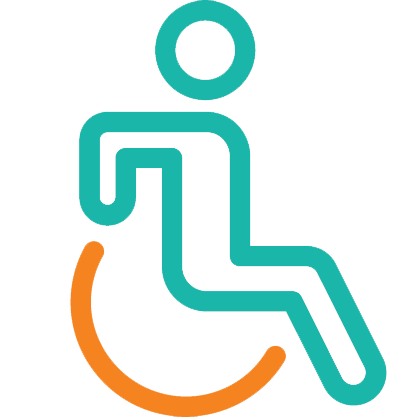
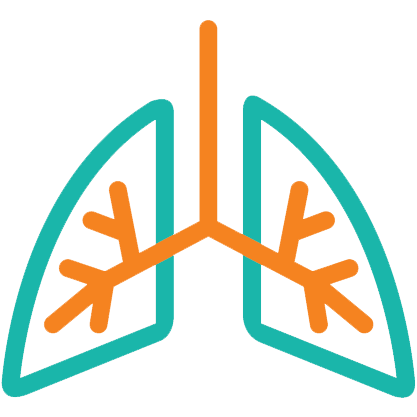
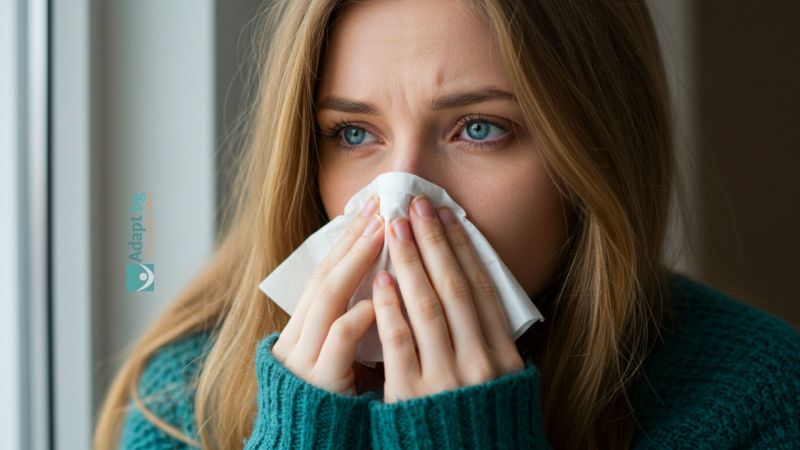
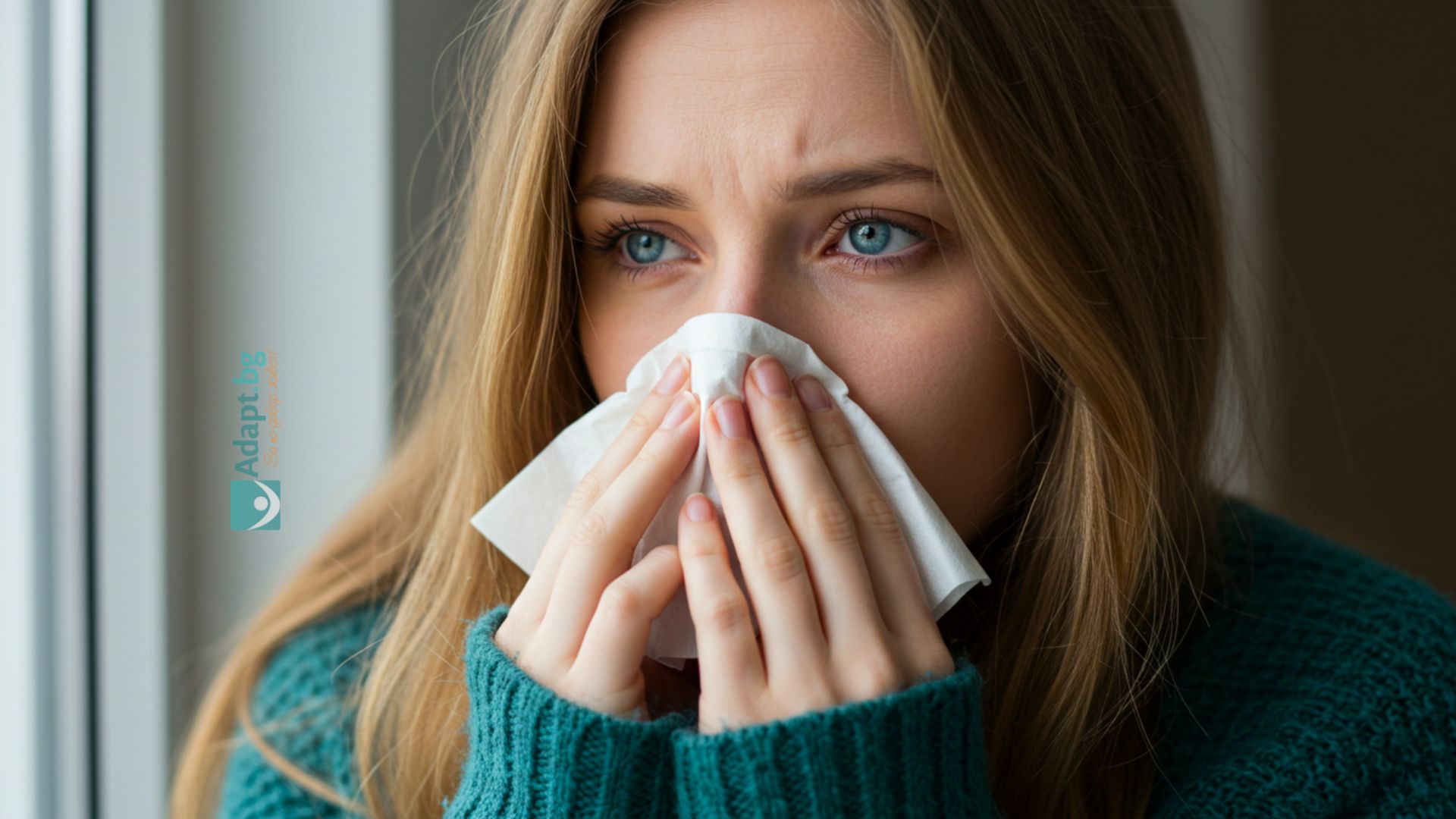
Post comment